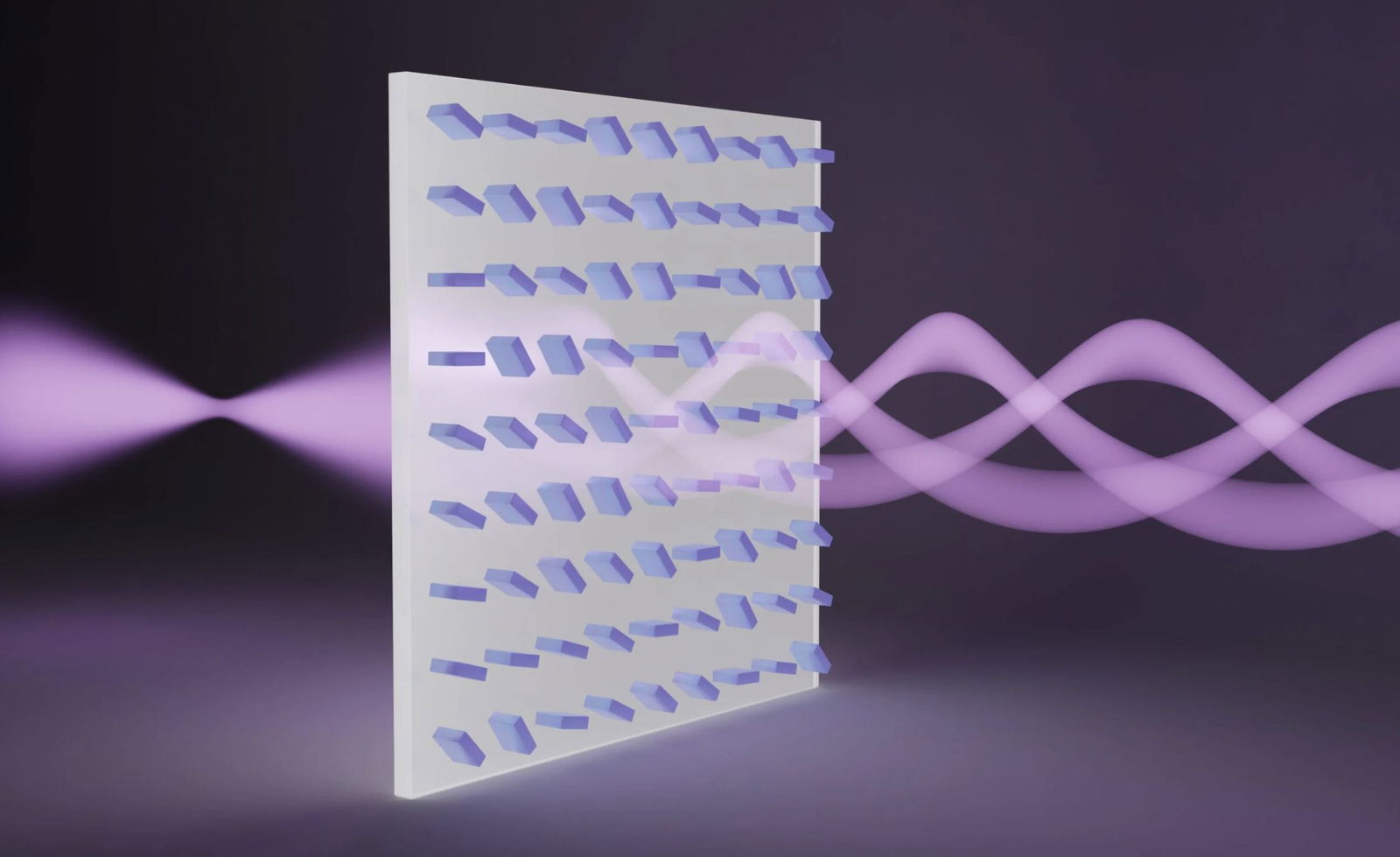Tractor beams, a technology once relegated to science fiction, could soon become a practical reality with the help of recent advancements in metasurface research.
Under development by researchers with the ARC Centre of Excellence for Transformative Meta-Optical Systems (TMOS), the new technology represents “an important first step in the development of metasurface-enabled tractor beams,” which the TMOS team says will be capable of reeling in particles using rays of light.
The science fiction counterparts to this emergent real-life technology have been depicted in films that include Star Wars, where such previously imaginary devices are used to prevent objects such as spacecraft from moving or evading capture.
While real-life tractor beams are still far from matching the power of their fictional analogs, the TMOS researchers say their development of the game-changing new technology draws inspiration from such once-imaginary concepts.
“This work opens new possibilities for using light to exert forces on tiny objects,” said Ken Crozier, the Chief Investigator of the recent research.
Making Tractor Beams a Reality
The team, led by researchers at the University of Melbourne, reports the creation of a solenoid beam that relies on a special silicon metasurface to generate it.
Solenoid beams have been developed in the past, although these earlier designs mostly rely on devices known as special light modulators, or SLMs. The size of these devices has imposed a limiting factor on their potential use, particularly in handheld applications.
In the team’s new research, outlined in a study that recently appeared in ACS Photonics, they describe the special metasurface developed for their tractor beam technology as an extremely thin (about 1/2000 of a millimeter) layer of nanopatterned silicon, which they believe may one day help to facilitate handheld devices that will allow surgeons to conduct non-invasive biopsies on patients, which would result in less damage to surrounding tissues than current methods.
At the heart of the technology is the understanding that forces exerted by beams of light have the effect of displacing particles, which are moved further from the light source with their passage. However, past research has shown that solenoid beams can draw particles toward their light source, similar to how the grooves in a drill allow the material it cuts into to be pulled upward.
The TMOS researchers say their beam has a few significant advantages over past designs, allowing it to be more flexible and capable of functioning without any need for an SLM. Additionally, its size makes it far more useful in practical, handheld designs while also requiring less power than existing varieties.
A Novel Metasurface for Practical Tractor Beams
Metasurfaces are materials created at sub-wavelength thickness that can modulate the behaviors of electromagnetic waves under specific conditions.
For their recent research, the TMOS team created a special silicon metasurface. The pattern was derived by mapping the phase hologram of the beam they hoped to generate. The metasurface was produced using a combined process of electron beam lithography and reactive ion etching.
The resulting material allows an input beam to be filtered through it, converting more than 3/4 of the beam into a solenoid beam. Less than one-quarter of the beam is bent away, allowing the researchers to implement it without potential interference from the unconverted portion of the beam.
Pint-Sized but Powerful
“The compact size and high efficiency of this device could lead to innovative applications in the future,” said Maryam Setareh, the lead researcher on the project. “The ability to pull particles using a metasurface might have the potential to impact the field of biopsy by potentially reducing pain through less invasive methods.”
Setareh added that he and his fellow researchers are excited at the prospect of being able to investigate uses for their device, as well as its performance in future experiments involving the manipulation of particles, which they believe “could offer valuable insights.”
“The next stage of this research will be to demonstrate the beam’s ability to pull particles experimentally,” Crozier said, adding that his team will hope to share the results of these follow-up efforts in the near future as additional research is completed.
Micah Hanks is the Editor-in-Chief and Co-Founder of The Debrief. He can be reached by email at micah@thedebrief.org. Follow his work at micahhanks.com and on X: @MicahHanks.

